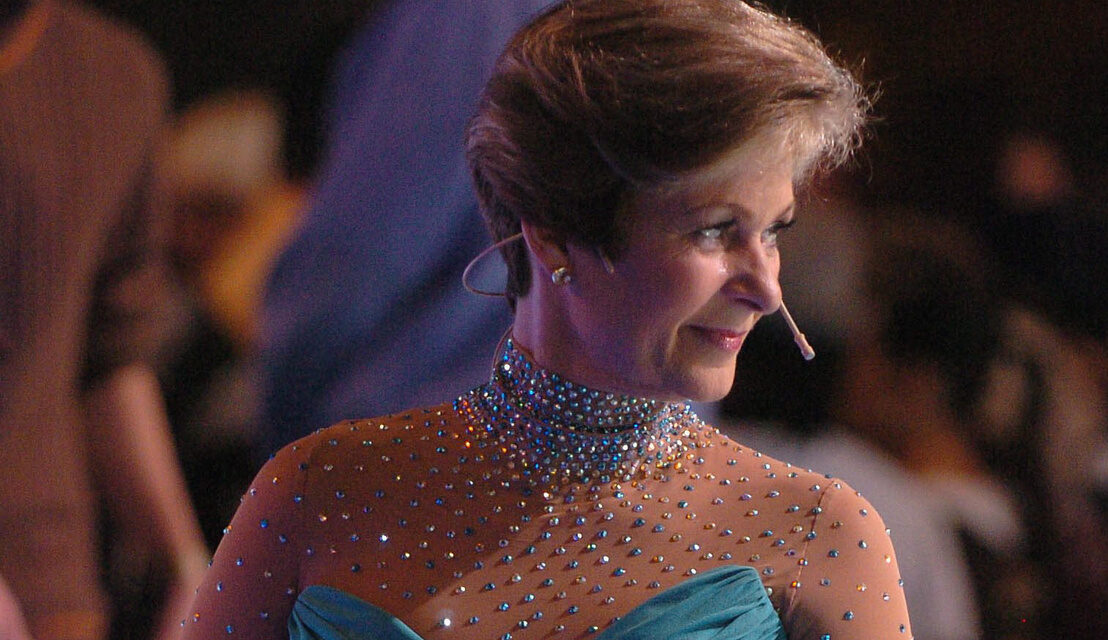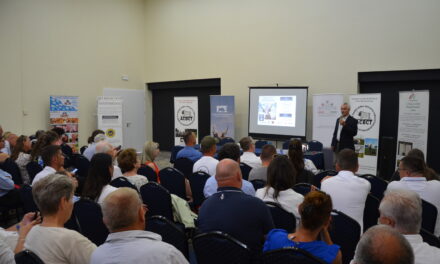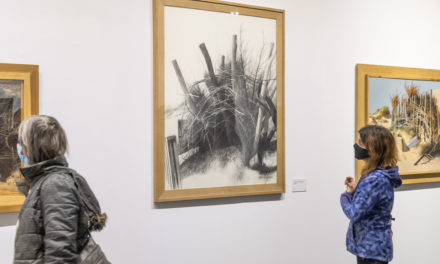Before the system change, a whole country cheered for the Regőczy-Sallay ice dance duo, who rewarded it with a world championship title and numerous podium finishes. Fewer people know that Krisztina Regőczy is closely connected to Józsefváros. He grew up there, went to school there and skated for the first time in the yard of the elementary school in Vajda Péter Street. He also talks about his childhood and career in the big interview.
He grew up in Józsefváros. Was he born here too?
Yes. In fact, my mother was also born in the Officers' Camp. I also lived there until 1990, practically I got married there. We really liked living there, but the condition of the house - on which we lived on the first floor - was getting worse and worse. One room, then the other, had to be gutted. We tried everything to be able to renovate the building by sharing the costs, but the other residents were not interested in this and the municipality did not help either, so we ended up in Buda.
What was it like growing up here, do you keep in touch with your schoolmates?
I started the first two years at the Music School in Práter Street, because my grandmother taught there. When I was in the third grade, I came to Vajda, where a very close-knit community developed. My classmates also followed our competitions, the best part of the class was always there to support us, which is a wonderful memory for me. And this cohesion has remained to this day. We get together every year, and right now I'm preparing for a class reunion. My best friends also came out of that company. I remember we waited for each other in the morning and walked together from the corner of Bíró Lajos és Delej utca to the school.
Who would you single out among the teachers?
Our Hungarian teacher Anna Monostori is very memorable. Perhaps because loving and nurturing the Hungarian language has always been very important to me. I brought this from home and it was the basis at school as well. Then I also have fond memories of Mrs. János Garabán, the Russian teacher, and certainly Aunt Judit Koltói, the lower school teacher. It was a nice time.
Do you remember the first time you stepped on the ice?
This can also be linked to Vojda. It happened in the school yard, because at that time there were still real lots. The physical education teacher watered the yard with the help of the caretaker, and that's how we got ice. We went there with my grandfather and when I could slide, we went out to the artificial ice rink.
When did you decide that you were going to pursue this sport competitively?
I come from a family of teachers, they made me try many things. I went to ballet, piano, artistic gymnastics and many other indoor activities. At that time, I was sick a lot: my throat hurt, there was a problem with my tonsils, so the family council decided that I needed to get some fresh air. That's how his skates came about. My grandmother intended for a career in music, so part of the family was upset when I fell in love with ice dancing. But it combined everything I liked: dancing, music and ice skating. I was then selected from the artificial ice, so I got to the stadium, where I met András Sallay. The rest is a well-known story: we flayed our coach until he paired us up.
Well, how did the folk dance get on the ice?
My grandmother was a folk dance and piano teacher, she took me in the direction of folk dance even as an ice dancer. Our first major success is connected to Siófs. In one of the restaurants, he made friends with the musical gypsies, they recorded the song Vörös bor ittam az este
Then came the international successes. Which of these is your favorite?
The first international medal, when we came second at the European Championships in Helsinki in 1977, is very memorable. After that, the competition started with the two Soviet couples and the three of us rotated on the podium. The world championship title is also very important to me, and it still hurts that we couldn't get the Olympic gold.
From 1980, they toured America with the ice revue. What did those years bring?
They were very beautiful, but very hard years. The show had over two million dollars worth of costumes, which were actually built for us. There was a huge Víg widow insert, in which we performed a waltz, and then a czarda in the second part. Together with the opening and closing image, we performed four times. There were times when we did 10-13 shows in a week. Of course, we also took part in the promotion, so we didn't have many days off. We used the rest of our time meaningfully, instead of partying, we saw the sights.
After that came the International Skating Federation, where he held several positions. What exactly was his job?
When we came home from the revue, I already started teaching. I have been teaching practically non-stop since 1982. I made choreographies, and my students ended up on the podium. Four years later, I was asked to be the head of the International Skating Union (ISU) coaching committee. From 1986 to 2018, I worked at the association in various positions, finally as ISU Sports Director. All of them were interesting and beautiful tasks and I was glad that I could participate in the development of the sport.
What would you say to young people who want to choose this sport?
Two things. On the one hand, exercise and sports are very important. It provides a foundation that can be built on even in adulthood. I can say with a calm heart that all my students have successfully taken on life's obstacles, and I believe that this had something to do with sports.
It's also easier to learn if you're moving, and no matter how attractive the online world is, you shouldn't be stuck just by your phone.
On the other hand, I wish you perseverance. Today, many people are used to the fact that everything happens instantly, almost at the push of a button, and it takes a long time in sports - at least 10 years in the case of ice skating - before children acquire the technical knowledge to compete on an international level. Without work, there is no result. Come on young people!












